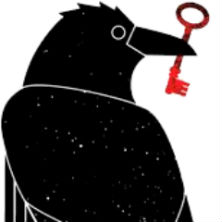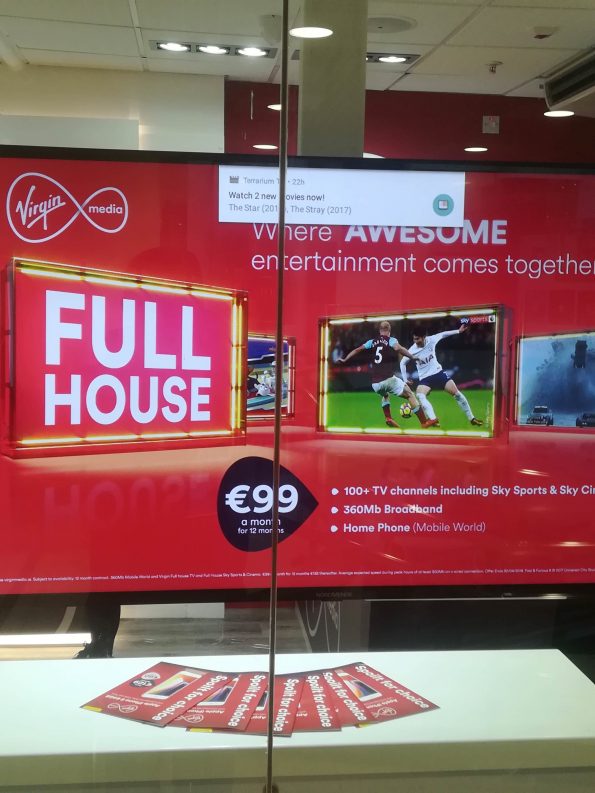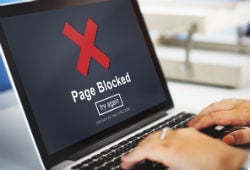
While Denuvo would probably paint four months of protection as a success, the company would certainly have preferred for things to have gone on a bit longer, not least following publisher Ubisoft’s decision to use VMProtect technology on top.
But while CPY do their thing in Italy there’s another rival whittling away at whatever the giants at Denuvo (and new owner Irdeto) can come up with. The cracker – known only as Voksi – hails from Bulgaria and this week he took the unusual step of releasing a 90-minute video (embedded below) in which he details how to defeat Denuvo’s V4 anti-tamper technology.
The video is not for the faint-hearted so those with an aversion to issues of a highly technical nature might feel the urge to look away. However, it may surprise readers to learn that not so long ago, Voksi knew absolutely nothing about coding.
“You will find this very funny and unbelievable,” Voksi says, recalling the events of 2012.
“There was one game called Sanctum and on one free [play] weekend [on Steam], I and my best friend played through it and saw how great the cooperative action was. When the free weekend was over, we wanted to keep playing, but we didn’t have any money to buy the game.
“So, I started to look for alternative ways, LAN emulators, anything! Then I decided I need to crack it. That’s how I got into reverse engineering. I started watching some shitty YouTube videos with bad quality and doing some tutorials. Then I found about Steam exploits and that’s how I got into making Steamworks fixes, allowing cracked multiplayer between players.”
Voksi says his entire cracking career began with this one indie game and his desire to play it with his best friend. Prior to that, he had absolutely no experience at all. He says he’s taken no university courses or any course at all for that matter. Everything he knows has come from material he’s found online. But the intrigue doesn’t stop there.
“I don’t even know how to code properly in high-level language like C#, C++, etc. But I understand assembly [language] perfectly fine,” he explains.
For those who code, that’s generally a little bit back to front, with low-level languages usually posing the most difficulties. But Voksi says that with assembly, everything “just clicked.”
Of course, it’s been six years since the 21-year-old was first motivated to crack a game due to lack of funds. In the more than half decade since, have his motivations changed at all? Is it the thrill of solving the puzzle or are there other factors at play?
“I just developed an urge to provide paid stuff for free for people who can’t afford it and specifically, co-op and multiplayer cracks. Of course, i’m not saying don’t support the developers if you have the money and like the game. You should do that,” he says.
“The challenge of cracking also motivates me, especially with an abomination like Denuvo. It is pure cancer for the gaming industry, it doesn’t help and it only causes issues for the paying customers.”
Those who follow Voksi online will know that as well as being known in his own right, he’s part of the REVOLT group, a collective that has Voksi’s core interests and goals as their own.
“REVOLT started as a group with one and only goal – to provide multiplayer support for cracked games. No other group was doing it until that day. It was founded by several members, from which I’m currently the only one active, still releasing cracks.
“Our great achievements are in first place, of course, cracking Denuvo V4, making us one of the four groups/people who were able to break the protection. In second place are our online fixes for several AAA games, allowing you to play on legit servers with legit players. In third place, our ordinary Steamworks fixes allowing you to play multiplayer between cracked users.”
In communities like /r/crackwatch on Reddit and those less accessible, Voksi and others doing similar work are often held up as Internet heroes, cracking games in order to give the masses access to something that might’ve been otherwise inaccessible. But how does this fame sit with him?
“Well, I don’t see myself as a hero, just another ordinary person doing what he loves. I love seeing people happy because of my work, that’s also a big motivation, but nothing more than that,” he says.
Finally, what’s up next for Voksi and what are his hopes for the rest of the year?
“In an ideal world, Denuvo would die. As for me, I don’t know, time will tell,” he concludes.
Source: TF, for the latest info on copyright, file-sharing, torrent sites and more. We also have VPN discounts, offers and coupons


 Last week the Fourth Circuit Court of Appeals ruled that ISPs are required to
Last week the Fourth Circuit Court of Appeals ruled that ISPs are required to  In August 2015, police in Denmark
In August 2015, police in Denmark 
 Regular Internet providers are being put under increasing pressure for not doing enough to curb copyright infringement.
Regular Internet providers are being put under increasing pressure for not doing enough to curb copyright infringement. After being founded more than half a decade ago, Swefilmer grew to become Sweden’s most popular movie and TV show streaming site. It was only a question of time before authorities stepped in to bring the show to an end.
After being founded more than half a decade ago, Swefilmer grew to become Sweden’s most popular movie and TV show streaming site. It was only a question of time before authorities stepped in to bring the show to an end.

 While Sci-Hub is praised by thousands of researchers and academics around the world, copyright holders are doing everything in their power to wipe the site from the web.
While Sci-Hub is praised by thousands of researchers and academics around the world, copyright holders are doing everything in their power to wipe the site from the web.




 Once the legal process for blocking pirate sites has been accepted in a region, it usually follows that dozens if not hundreds of other sites are given the same treatment. Rightsholders simply point to earlier decisions and apply for new blockades under established law.
Once the legal process for blocking pirate sites has been accepted in a region, it usually follows that dozens if not hundreds of other sites are given the same treatment. Rightsholders simply point to earlier decisions and apply for new blockades under established law.